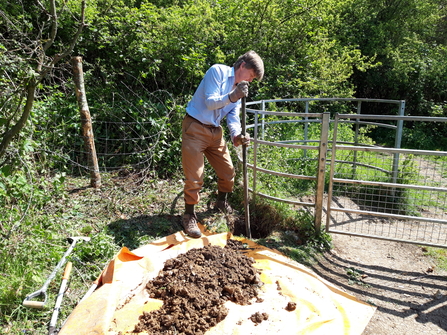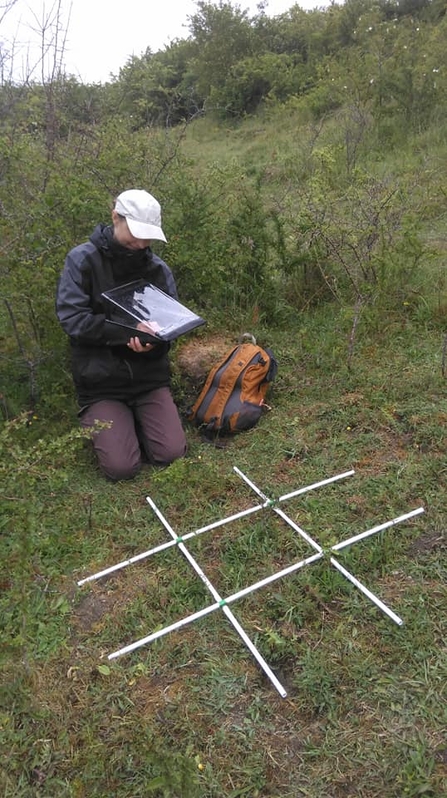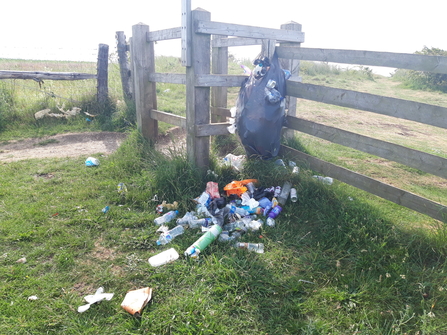
Fencing on reserves c.Esther Clarke
During the first few weeks of lockdown, due to ‘work from home’ rules, I was only able to respond to emergencies on the nature reserve, which included some fence repairs. My husband kindly (and eagerly, as it allowed him to escape the confines of home) came and helped with these as I wasn’t allowed to work closely with any colleagues.



